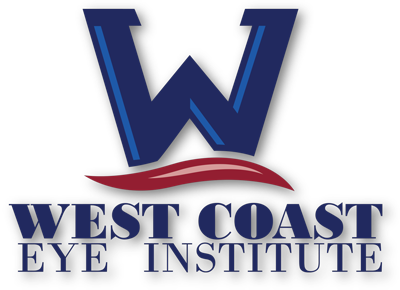Glaucoma is a group of eye conditions wherein the accumulation of fluids leads to increased eye pressure, which can damage the optic nerve. All glaucoma surgeries have the same goal of draining the fluid to reduce eye pressure, but they accomplish that using different methods. At West Coast Eye Institute, we often recommend minimally invasive glaucoma surgery for patients with mild to moderate glaucoma.
What is minimally invasive glaucoma surgery?
Minimally invasive glaucoma surgery (MIGS) is a relatively new approach to glaucoma treatment. It involves using microscopic-sized equipment to make extremely small incisions in the eye. This leads to higher success rates and a lower risk of complications. Your ophthalmologist will carefully examine your eyes, run numerous eye tests, and determine if you’re a suitable candidate for the MIGS surgical technique.
Minimally invasive glaucoma surgery involves lowering eye pressure to prevent further damage to the optic nerve. There’s no real cure for glaucoma, but early intervention with MIGS or other surgical techniques can prevent the condition from worsening. While all glaucoma surgeries focus on reducing eye pressure, MIGS accomplishes that goal with minimal incisions, risks, and recovery period.
What are the types of MIGS procedures?
Microtrabeculectomies
Microtrabeculectomy is a technique wherein microscopic-sized tubes are inserted into the eye for fluid drainage. Removing the accumulated fluid reduces eye pressure. Microtrabeculectomy is safer than traditional trabeculectomy.
Trabecular Surgery
The eye surgeon makes a small incision in the trabecular meshwork through a special contact lens on the eye. A small device is inserted through the incision to destroy the damaged meshwork. This technique doesn’t reduce eye pressure significantly, so it’s suitable for early to moderate glaucoma.
Suprachoroidal Shunts
The eye surgeon connects the front of the eye to the suprachoroidal space via small tubes to facilitate fluid drainage. This technique reduces eye pressure in patients with moderate glaucoma, and it involves a low risk of complications.
Mild Laser Photocoagulation
Advanced laser techniques, such as endocyclophotocoagulation and micropulse cyclophotocoagulation, lower your eye’s ability to produce fluid. This minimizes fluid accumulation and reduces eye pressure. These techniques are suitable for advanced glaucoma.


When is MIGS preferred?
Minimally invasive glaucoma surgery is a relatively new surgical approach to reduce eye pressure and treat glaucoma. This procedure is preferred over traditional surgeries because it involves fewer risks, less downtime, and minimal aftercare. However, in some cases, traditional surgeries might be more effective at fluid drainage. Your ophthalmologist will carefully assess your eye health and the severity of glaucoma to determine if you’re a viable candidate for MIGS.
What is the recovery like after MIGS?
Minimally invasive glaucoma surgery involves minimal downtime and a recovery period. Most people experience instantly improved vision, but some experience mild eye soreness for a few days. Your eye doctor will provide a clear set of guidelines to prevent infections and complications and ensure a smooth recovery.

Explore your glaucoma surgery options in Bakersfield
West Coast Eye Institute specializes in the latest and most effective glaucoma surgery options, including trabeculectomy and minimally invasive glaucoma surgery. No two eyes are the same, so we avoid cookie-cutter treatments. Our ophthalmologists carefully assess your unique condition to curate the ideal surgical plan. Please schedule an appointment to discuss your glaucoma surgery options in Bakersfield, CA.

